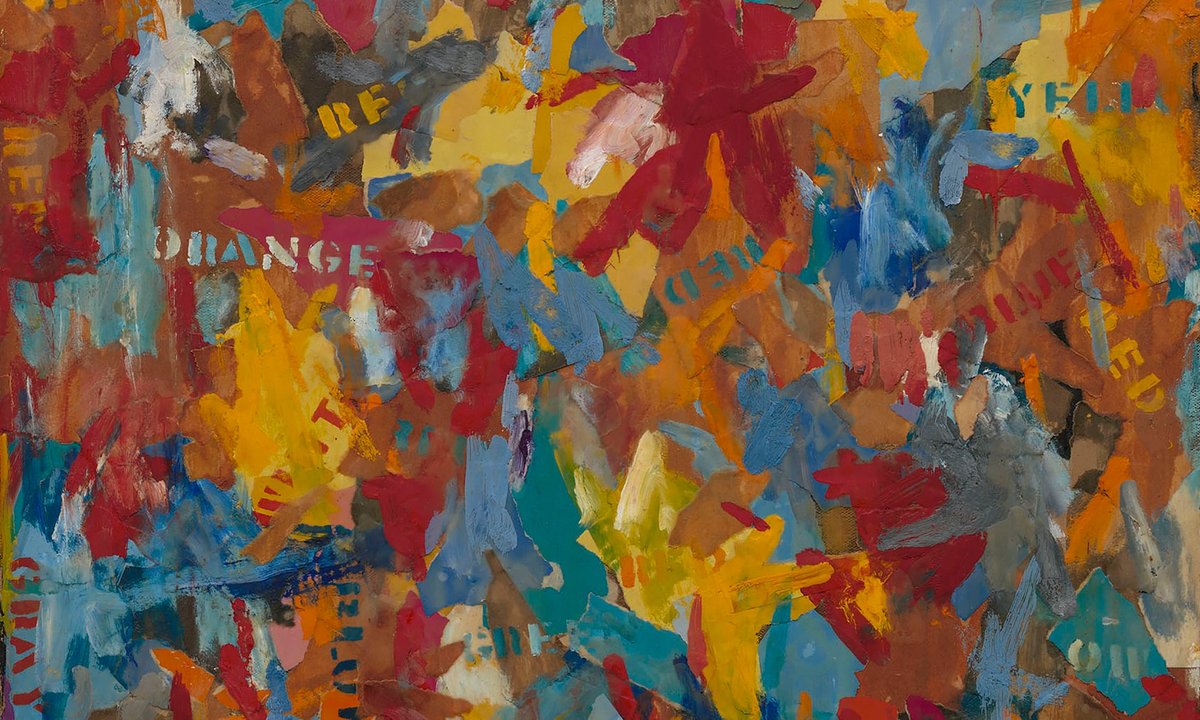Domes, #1
1969 - Sculpture (Sculpture)
Judy Chicago
Domes #1 represents a significant moment in Chicago’s career when her art began to change from a New York-influenced Abstract Expressionist style to one that reflected the pop-inflected art being made in Los Angeles. By 1968, the year she began creating Domes , the twenty-nine-year-old artist had moved from Chicago to Los Angeles, graduated from UCLA, and was part of a generation of artists whose work was characterized by of the masculine overtones of Southern California’s flourishing car culture. Inspired by new technologies in the auto manufacturing, these “Finish Fetish” artists appropriated industrial materials such as car paint or lacquer to create artwork with pristine finishes. Chicago too was interested in using industrial technologies and enrolled in auto body and boat building school. While the geometric forms, meticulously applied finish, and luminous, gradated hues of color in Domes speak to Chicago’s interest in the prevailing artistic themes of 1960s Southern California, its intimate scale, round shape, and triangular formation belie her career-long interest in using “feminine” forms to promote feminist issues.
In the 1970s Judy Chicago and Miriam Schapiro founded the Feminist Art Program at CSU Fresno, which later moved to CalArts in Los Angeles. As a result of her art work and pedagogy, Chicago is the most recognizable feminist artist who gave an authentic voice to women’s experiences and their important contributions to human society and culture. In addition to expanding women’s rights to encompass a greater freedom of artistic expression, Chicago expanded the definition of art and the role of all artists. Her earliest forays into the art world coincided with the rise of Minimalism, and the Los Angeles-based Finish Fetish movement, which she eventually abandoned in favor of an art practice believed to have greater content and relevance.
Colors:
Related works of genres: » feminist artists, » contemporary artist, » american installation artists, » contemporary sculptors, » american contemporary painters, » feminist art, » american women sculptors, » american women installation artists, » born 1939, » feminist artist
» see more

© » KADIST
Abigail DeVille
2017The work La Loge Harlem focuses on the history of Harlem and its development over the last 200 years...

© » KADIST
Edward Kienholz
1984Untitled (San Francisco) was made in Idaho in 1984 and was facetiously dedicated to Henry Hopkins, the then director of the San Francisco Museum of Art who added “modern” to its name...

© » KADIST
Hank Willis Thomas
2014South Africa Righteous Space by Hank Willis Thomas is concerned with history and identity, with the way race and ‘blackness’ has not only been informed but deliberately shaped and constructed by various forces – first through colonialism and slavery, and more recently through mass media and advertising – and reminds us of the financial and economic stakes that have always been involved in representations of race....
Related works featuring themes of: » Abstract Painting, » Biomorphic, » Calarts, » Ceramic, » American
» see more

© » KADIST
Jeffry Mitchell
2012Poised with tool in hand, Jeffry Mitchell’s The Carpenter (2012) reaches forward, toward his workbench...

© » KADIST
Elad Lassry
2013In establishing a deliberate distance between viewer and subject, Lassry raises questions about representation itself and how all portraits are, in effect, fully constructed objects that only gain meaning once we ascribe them with our own personal associations and emotions...
Other related works, blended automatically
» see more

© » KADIST
Jeffry Mitchell
2012Poised with tool in hand, Jeffry Mitchell’s The Carpenter (2012) reaches forward, toward his workbench...

© » KADIST
James Welling
2005#17 Pink is a photogram, a photographic image produced without the use of a camera...

© » KADIST
Elad Lassry
2013In establishing a deliberate distance between viewer and subject, Lassry raises questions about representation itself and how all portraits are, in effect, fully constructed objects that only gain meaning once we ascribe them with our own personal associations and emotions...
Related works sharing similar palette
» see more

© » KADIST
Aline Baiana
2016Indigenous educator and curator Sandra Benites, of the Guarani-Ñandeva people, narrates the origin myth of the bird Urutau in her native language...

© » ARTS EQUATOR
ArtsEquator's Hot List: January 2021 | ArtsEquator Thinking and Talking about Arts and Culture in Southeast Asia ArtsEquator Viewpoints January 6, 2021 Every first Wednesday of the month, ArtsEquator will release a list of recommended shows/events/programmes that our readers can look out for in that month...
Related works found in the same semantic group
» see more

© » KADIST
Kathy Jetnil-Kijiner
2018Anointed by Kathy Jetnil-Kijiner and Dan Lin is a poem recital/video that addresses the American nuclear testing legacy in the Marshall Islands that occurred between 1946 to 1958 in Bikini and Enewetak Atolls...

© » ARTS EQUATOR
Latiff Mohidin’s “Langkawi”: The Within and Beyond | ArtsEquator Thinking and Talking about Arts and Culture in Southeast Asia Articles Image: Chan + Hori Gallery July 10, 2018 By Gerald Sim (1,500 words, eight minute read) As with any thought-provoking installation, Latiff Mohidin’s “Langkawi” series, on show at Chan+Hori Contemporary , evokes a large range of perceptions from its audience...






